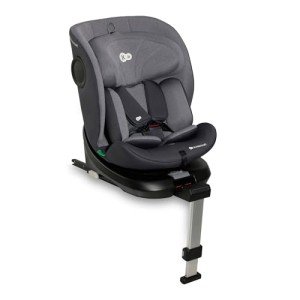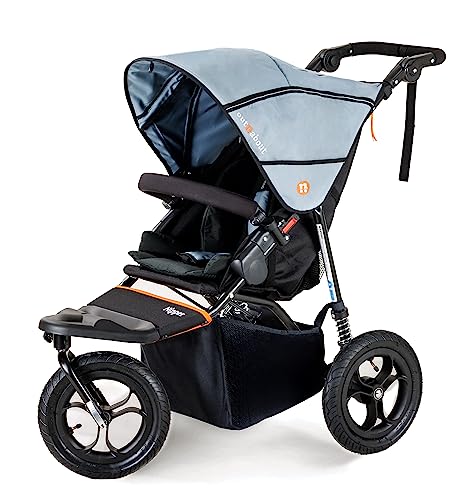Why We Love Prams Newborns (And You Should, Too!)
페이지 정보
작성자 Arturo 작성일25-09-06 16:41 조회4회 댓글0건관련링크
본문
The Comprehensive Guide to Choosing the Right Pram for Newborns
The arrival of a newborn brings both enormous delight and a range of decisions that parents should navigate. One of the important purchases is choosing the best pushchairs pram, which not just ensures the baby's security but also offers benefit for parents. This guide intends to supply an in-depth appearance into choosing the appropriate pram for newborns, discussing different types, functions, security considerations, and upkeep tips.
Understanding the Types of Prams
Prams vary commonly in design and performance, which can be overwhelming for brand-new moms and dads. Here's a breakdown of the most common types of prams available in the market:

| Type of Pram | Description | Pros | Cons |
|---|---|---|---|
| Traditional Prams | Designed for infants, these prams typically have a deep bassinet. | Comfortable for newborns, Safe for sleeping. | Large and heavy, Hard to navigate in tight spaces. |
| Travel Systems | A combination of a car seat and a stroller, permitting easy shift between automobile and stroller. | Versatile and convenient, Cost-effective. | Might be heavier than standalone strollers, Not all parts appropriate for newborns. |
| Lightweight Strollers | Compact and simple to steer, these are perfect for moms and dads on the go. | Portable and easy to use, Generally more budget friendly. | Less cushioning, May not recline totally for newborns. |
| Convertible Strollers | Strollers that can adjust from a carrycot for newborns to a toddler stroller. | Multi-functional and lasting, Adjustable configurations. | Can be costly, May need more maintenance. |
| All-Terrain Strollers | Developed for rough terrains, these strollers typically feature bigger wheels. | Durable for outdoor use, Stable on different surfaces. | Heavier and bulkier, Can be difficult to steer indoors. |
Secret Features to Consider
When selecting a pram for newborns, a number of features can substantially affect functionality and safety. Here are necessary features to keep in mind:
- Safety Harnesses: Look for a pram that includes a five-point safety belt to ensure the baby stays secure while in transit.
- Reclining Seat: A fully reclining seat allows newborns to lie flat, which is important for their spine and respiratory health.
- Suspension System: An excellent suspension system offers a smoother ride, vital for the delicate bodies of newborns.
- Brake System: Ensure the pram has a trusted brake system to prevent mishaps. Hand brakes or foot brakes can be effective choices.
- Storage Space: Consider a pram with ample storage area for diaper bags, shopping, or other essentials.
- Weight and Foldability: Choosing a light-weight option that folds quickly is important for convenience, particularly for public transport.
Security Considerations
Focusing on security is paramount when it comes to prams for newborns. Here are important safety pointers to ensure the wellness of your baby:
- Check for Stability: Make sure the pram stays steady when fixed. A wide base can provide increased stability.
- Avoid Overloading: Only place products recommended by the producer in the storage basket; excess weight can cause tipping.
- Regular Maintenance: Inspect the wheels, brakes, and harness systems consistently to guarantee they work correctly.
- Buckle Up: Always utilize the security harness, even for quick trips, to avoid the baby from slipping or falling out.
- Expect Age Recommendations: Follow the producer's guidelines regarding weight limits and age suggestions for safety.
Maintenance Tips
Looking after a pram shops ensures its durability and security for your newborn. Here are essential upkeep suggestions:
- Regular Cleaning: Wipe down the pram frame and wash materials according to manufacturer instructions to keep it hygienic.
- Inspect the Wheels: Check wheels for damage and tidy them frequently to prevent obstructed motion.
- Inspect Folding Mechanism: Ensure the folding system runs efficiently without sticking or jamming.
- Lubricate Moving Parts: Apply the proper lubricant to moving parts to make sure peaceful and smooth operation.
- Store Properly: When not in use, store the pram in a dry area to avoid rust and preserve fabric integrity.
Often Asked Questions (FAQs)
1. How long can a baby remain in a pram?
For newborns, it is usually advised to limit undisturbed time in a pram to about 1-2 hours to prevent problems with advancement and circulation.
2. Which pram is best for a newborn?
The best pram for a newborn is one that offers a completely flat recline, has a good safety belt, and fulfills current safety standards. Lots of moms and dads prefer travel systems for their adaptability.
3. Can I utilize a stroller without a vehicle seat for a newborn?
It's recommended to utilize a stroller with a flat or near-flat recline for newborns. Some strollers are just ideal from 6 months and up, so examine the producer's assistance.
4. When should I change from a pram to a stroller?
You can move from a pram pushchair to a stroller when your baby can sit up separately, typically around 6 months, however this can differ. It's constantly best pram stroller to consult the individual pram or stroller guidelines.

5. What is the best method to clean my pram?
Constantly describe the manufacturer's instructions, however usually, you can clean up fabrics with moderate soap and water and wipe down difficult surface areas with disinfectant wipes.
Selecting the ideal pram for a newborn is a considerable choice that affects both the baby's comfort and the parent's lifestyle. By understanding the types of prams readily available, key functions to think about, security strategies, and upkeep pointers, moms and dads can make educated decisions that boost their family's mobility and ensure the security of their children. Investing time in research study now pays off in the long run for enjoyable outings and valued memories.
댓글목록
등록된 댓글이 없습니다.

